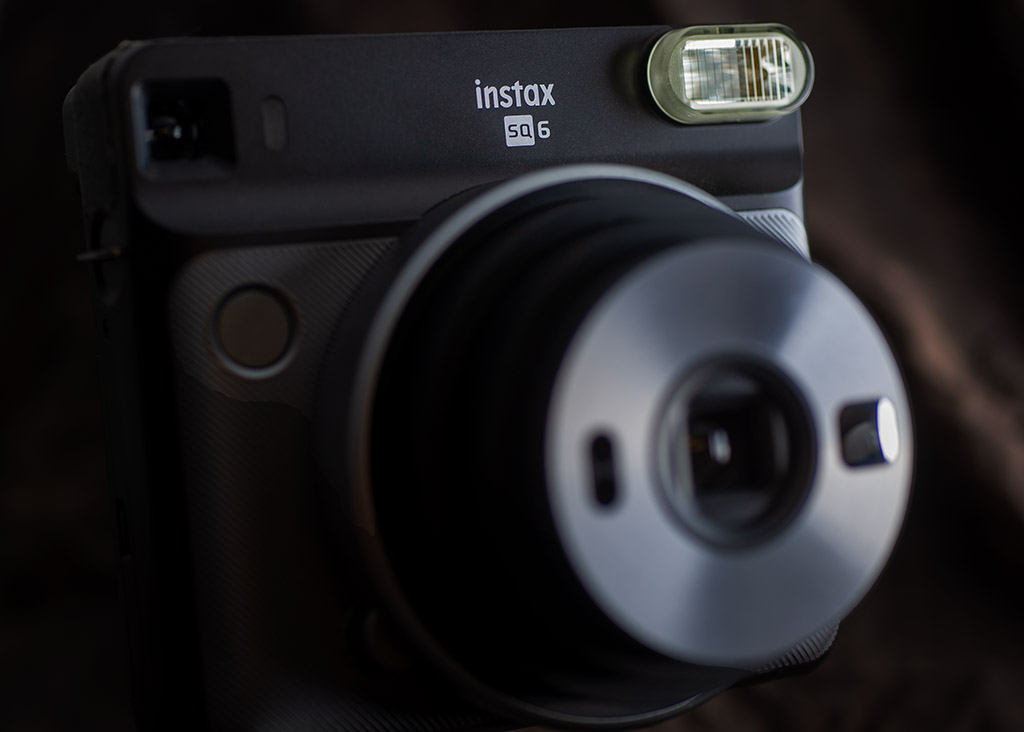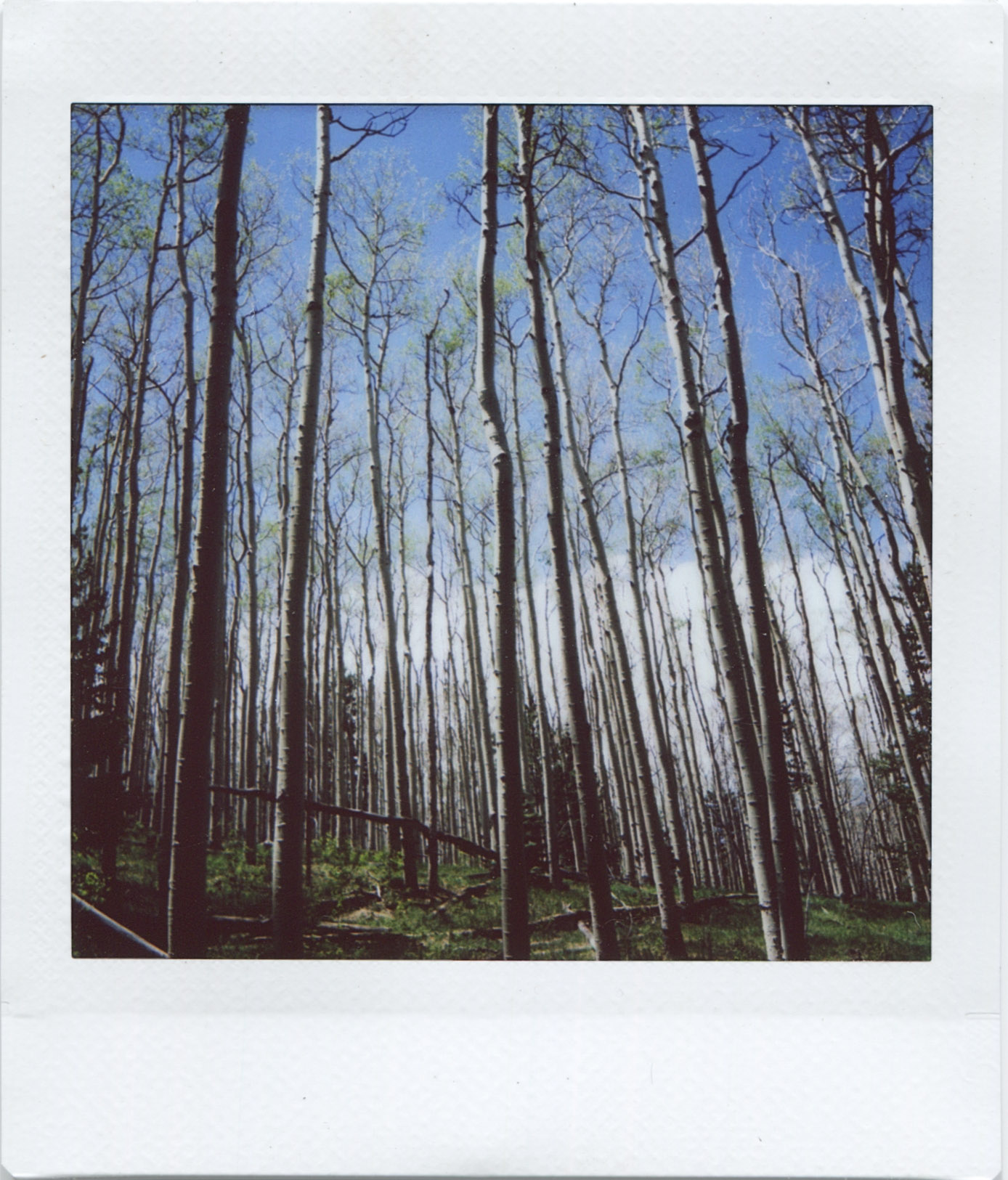Polaroid Originals, the former Impossible Project, announced they were ending production of its wide-format Spectra film in October, 2019. The company cited aging Spectra cameras and their high failure rates processing the film as its reasons for ceasing production. I posted about the end of Spectra, noting I’d be severely curtailing my 11-year patronage of Impossible/Polaroid Originals films (rebranded “Polaroid” in March of this year) and planned to delve into Fujifilm’s Instax line of cameras and film.

The Instax camera I most covet is the Mint Camera Instakon RF70. It’s a fully manual camera with a glass lens that shoots Fuji’s Spectra film equivalent, Instax Wide. But the Instax camera I bought is the Fuji Instax SQ6 that uses Instax Square film, a scaled version of the iconic Polaroid square-format film. And it’s the first camera I’ve used since the 1990s that has a plastic lens (anyone remember those Kodak disposables?). Its electronics provide a small degree of control, offering more exposure and focus options (limited as they are) than most Instax cameras, but at the end of the day, it’s simply an automatic instant film camera that I’d rate a few ticks above “toy” status.

That said, I’ve found the SQ6 can produce a nice photo when conditions allow. It seems to perform best in low-contrast settings. But having to use a fixed aperture of f/12, film locked in at ISO 800, and shutter speeds no faster than 1/400th of a second, often results in images with either crushed shadows or blown highlights or both. Bright conditions can be tempered using the camera’s “darken” mode, and I’ve taken to shooting most everything in the “D” mode. It also has a surprisingly effective fill-flash. There’s a landscape mode for subjects at a distance. There’s also a parallax-challenged macro mode. There’s a Lighten mode and a Selfie mode (both of which I’ll never use) and an intriguing mode for making double exposures. There’s a self-timer, as well. Ideally, you’d be able to wed the varying options the camera offers to render the best possible image, but in keeping with the SQ6’s modest character, that’s not the case; it’s essentially a one-mode pony that lets you toggle the flash off and on. The trick to making a picture is learning to shoot within the limitations of the camera and film stock.

It’s the film’s affordability and reliability that makes the SQ6 learning curve easier to bear. Shooting Fuji’s Instax Square film (it’s sold in packs of 10 exposures) will run you about 90 cents a shot. And I’ve found the image fully develops in about three minutes. Polaroid’s film would cost you about $24 for those same 10 frames with development times running about 25 minutes. So you can learn what works and what doesn’t in six minutes at a cost of just under two dollars shooting two frames of Instax film. The same exercise with Polaroid’s film would take nearly an hour and cost almost $5.00.
Finally, let’s touch on film quality. Frankly, Fuji’s just better at producing integral film than Polaroid. Fuji’s been at it longer and their color science is dialed in. I can’t speak to cold-weather rendering, but I can say the Instax film performs better in warm-weather conditions than does Polaroid.
If there is a shortcoming to Instax Square film, it would have to be size. The image area is a tiny 62-mm square, while the Polaroid SX-70 image is almost 78-mm square. But despite Instax’s inferior size, the scans in this post show it scales-up nicely for web display.

No one will confuse the Instax SQ6 with the Polaroid SX-70. But the SQ6 is a decent entry-level instant camera that’s affordably priced–mine cost less than $80–that uses affordable film. And it’ll serve my purposes until I can get my hands on that Mint RF70.